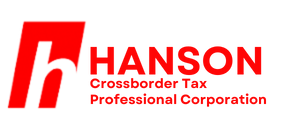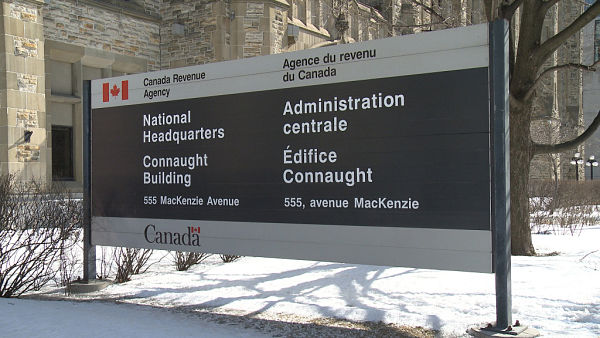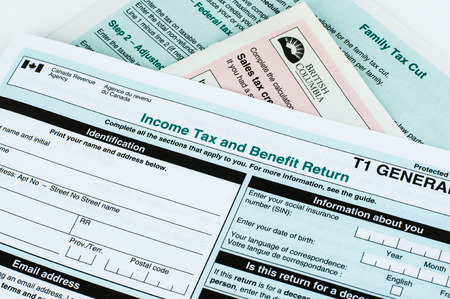This article was originally published on October 4 2019 by Globe and Mail Inc.
At your company, are you a jack of all trades or master of one? Shakespeare might put it like this: ‘To specialize or not to specialize, that is the question.’ Indeed, it’s a question often asked by business owners, managers and leaders.
Adam Smith, who is often regarded as the father of capitalism, wrote The Wealth of Nations where he described a pin factory with 10 employees who divide the work of making a pin into multiple steps, each person an expert at one step. Think of it as a precursor to the automaker’s assembly line. Using this model, Smith reasoned that pin production is greater than if each employee had performed all the steps in making the pin.
While that might work great for pins, what about something like professional services?
Large professional services firms tout themselves as “one-stop-shops.” At first glance, they appear to be generalists in such areas as audit, tax and advisory services. However, their services are broken down further into highly specialized practices led by experts in their respective functional areas.
For the customer, this can be the best of both worlds – all the expertise they need in one place and a collaborative “team” of people to deliver the goods.
The reality of this model is that experts are rarely the ones doing detailed work. They may serve as client contact or provide sign-off on the file, but the work is done by more junior staff who may be off-site or even offshore.
Such an approach would tend to follow the Adam Smith approach to greater productivity.
I’m familiar with the accounting industry. The Big Four firms employ a model encompassing many service lines for clients to choose from. Oftentimes, individual employees become specialized in one area, which can happen early in that person’s career, limiting exposure to other service lines.
This is great for achieving firm-wide efficiencies and developing experts in many areas, but where does it leave the employee in terms of skill development? Adam Smith identified this as well. He observed that individuals who do only one thing may be very good at it but lose the ability to grow and typically end up stagnating in their career.
In fact, most professional services practitioners want a broad scope. They don’t want to be stuck in the same silo their entire career.
Today professional service firms have specialization within the organization which means professionals are not exposed to multiple disciplines. In the world of tax, which is what I know, very rarely does a transaction or tax event happen in a vacuum. Thus, only by exposure to everything does the accounting professional get to test the waters and see what disciplines they enjoy.
Specializing too early in one’s career can be a liability. Imagine a doctor who skips right to neurosurgery and doesn’t get a foundational knowledge of the human body. The same logic can be applied to specializing in a certain area of taxation.
When the neurosurgeon graduates from medical school and starts a practice, do they incorporate or operate as a sole proprietor? A tax professional who focuses only on corporations would tend to advise to incorporate because that’s what they know. But it may not be the best advice.
If the neurosurgeon is a Canadian who went to medical school in the United States and decides to practice there, they need an accountant familiar with tax complexities south of the border. In my business, I often come across accounting professionals, as well as lawyers and financial advisers, who lack basic foundational skills because they never got this cross-section of experience. In other words, they worked in a silo.
My firm hires cross-border taxation experts, many of them from a Big Four environment who were frustrated with career-stifling silos.
Every business wants to reduce costs and gain market share over competitors. But how do you contribute to those factors and avoid becoming too specialized?
- Focus on the “big picture” for your career. First, do the foundational work in order to increase the efficiency, accuracy and overall value of specialized work.
- Think twice about being called ‘expert.’ It looks good on paper but being pigeonholed can be career-limiting. Explore areas that are unfamiliar but related, and work for people who prioritize career growth. Given the chance, you could be more valuable to your company in a different role.
- Bring your ideas and perspectives to the table and have a say in what you do. Being fully engaged in your job will always produce optimal results.
In today’s marketplace, the value of specialization doesn’t come from being laser-focused on one area. It comes from knowing many things that impact that area.










